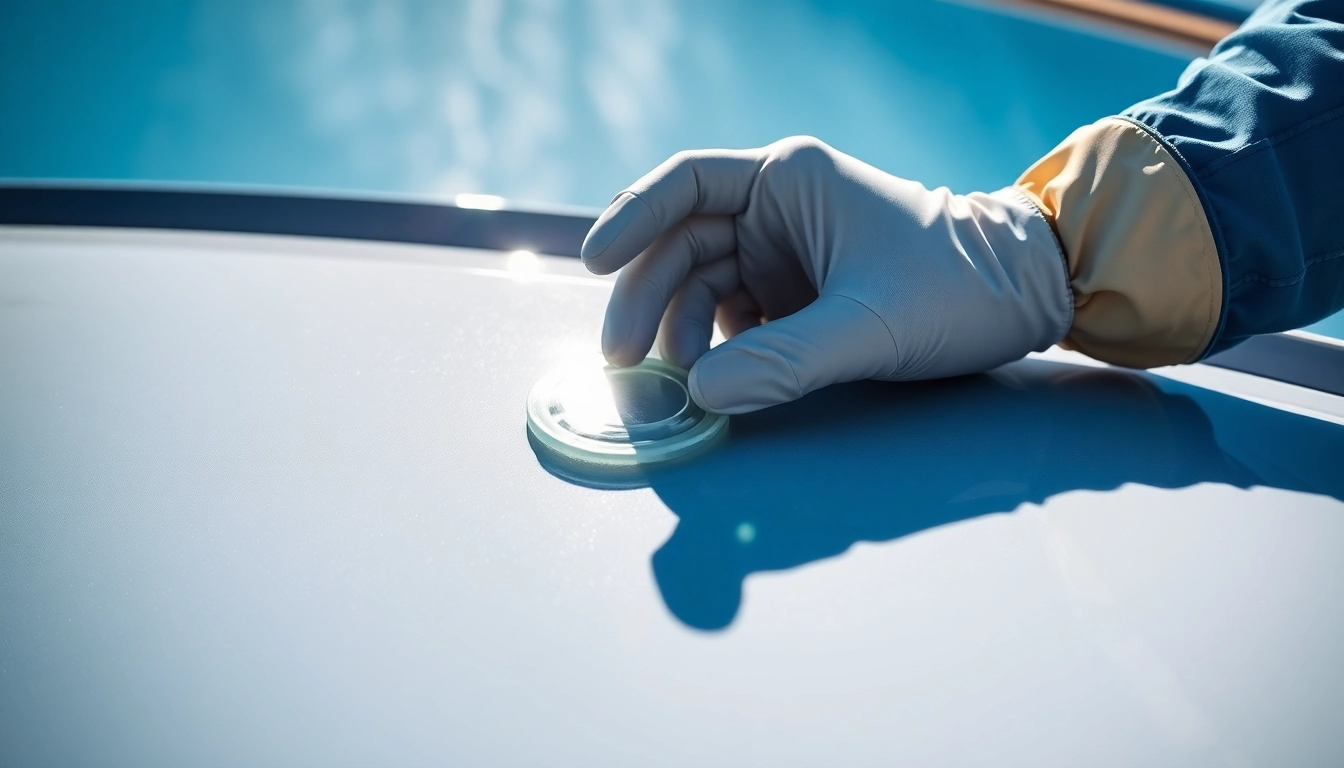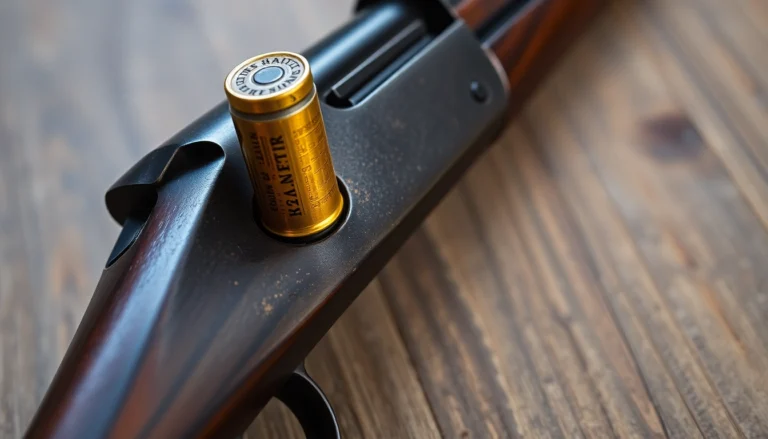Comprehensive Guide to Boat Sealants and Protective Coatings
Protecting your watercraft from the harsh elements of the environment is essential for maintaining its appearance, performance, and value. One of the most effective ways to achieve this is through the application of high-quality Boots Versiegelung. Whether you own a boat, camper van, or motorhome, selecting the appropriate sealant and understanding the nuances of application can significantly extend the lifespan of your investment. This guide provides an in-depth overview of boat sealants, their types, benefits, application techniques, and the latest trends shaping the future of marine and vehicle protection.
Understanding the Fundamentals of Boat Sealants
What Is Boat Sealant and Why Is It Crucial?
Boat sealant, often referred to as gelcoat or surface protection coating, is a specialized substance applied to the exterior surfaces of boats, yachts, and watercraft to create a durable, waterproof barrier. Its primary function is to shield the underlying gelcoat or paint from environmental factors such as UV radiation, saltwater, algae, bird droppings, and physical abrasions. Properly applied, a high-quality sealant preserves the hull’s integrity, enhances aesthetic appeal, and reduces maintenance frequency.
In addition, a well-maintained sealant layer can improve hydrophobicity, allowing water to bead and roll off easily, which minimizes dirt accumulation and prevents the formation of algae or mold. This not only simplifies cleaning routines but also helps sustain optimal performance and safety on the water.
Types of Boat Sealants: Waxes, Polymers, and Ceramics
The marine industry offers several types of sealants, each with unique properties suited to different needs:
- Waxes: Traditional and easy to apply, waxes provide a quick shine and temporary protection. They are generally less durable, requiring frequent reapplication, but are ideal for occasional detailing.
- Polymer Sealants: These synthetic coatings form a chemical bond with the gelcoat, offering superior durability and resistance against UV, salt, and pollutants. They typically last several months and are favored for their ease of application and long-lasting protection.
- Ceramic Coatings: Cutting-edge nanotechnology has enabled ceramic sealants to create a hard, glass-like surface that offers exceptional resistance to scratches, chemicals, and environmental damage. They provide an ultra-slick finish, maximum hydrophobicity, and protection that can last several years when properly maintained.
Choosing between these depends on your specific boating activities, budget, and maintenance preferences. For instance, high-end ceramic coatings are ideal for boats kept in saltwater environments, while waxes may suffice for infrequent recreational use.
Advantages of Regular Sealant Applications
Maintaining your vessel with regular sealant applications yields numerous benefits:
- Enhanced Protection: Protects against UV damage, salt corrosion, and physical impacts, reducing wear and tear over time.
- Ease of Cleaning: Surface hydrophobicity facilitates easier washing by causing dirt and grime to be washed away effortlessly.
- Improved Appearance: Maintains a glossy, like-new finish that enhances resale value and visual appeal.
- Longevity: Extended intervals between costly repairs or deep cleaning sessions, saving time and money.
For optimal results, application frequency varies—waxes may need reapplication every few months, while ceramic coatings often last several years with proper upkeep.
Application and Maintenance of Boat Sealants
Step-by-Step Application Process
Following a meticulous process ensures maximum adhesion and longevity of the sealant:
- Cleaning: Remove all dirt, algae, and grime using a dedicated marine cleaner such as BCC Power Cleaner. Rinse thoroughly and ensure surface dryness.
- Decontamination: Use clay bars or decontamination products to eliminate embedded contaminants for a smooth surface.
- Polishing: Restore gloss with appropriate polishes like BCC Power Polish to create an ideal surface for bonding.
- Preparation: Wipe the surface with a surface prep solution or isopropyl alcohol to remove residual oils.
- Application: Use tools such as BCC Polierpuck or microfiber towels to apply the sealant evenly. Follow product-specific instructions regarding thickness, curing time, and layering.
- Curing: Allow adequate curing time in optimal environmental conditions, avoiding water contact or physical disturbance.
For precision, many professionals recommend applying ceramic sealants with applicator pads like BCC Polierpuck konkav extra weich and finishing with a microfiber towel for a high-gloss, smooth surface.
Post-Application Care and Maintenance
After applying the sealant, routine maintenance is critical:
- Clean with pH-neutral marine-specific cleaners.
- Use soft microfiber towels such as BCC Microfaser Towels for gentle drying and wiping.
- Reapply sealants periodically as per manufacturer’s recommendations to maintain optimal protection.
Understanding the nuances of cleaning and reapplying ensures your boat remains shielded and looks pristine year-round.
Selecting the Most Suitable Sealant Product
Comparing Leading Products
A range of market-leading products, including Yachtcare Liquid Boat Wax or Gtechniq’s Ceramic Top Coat, offer varying degrees of protection and ease of use. When selecting a product, consider:
- Type and durability of the coating
- Compatibility with your boat’s material (gelcoat, fiberglass, paint)
- Environmental resistance (UV, saltwater, pollutants)
- Ease of application and curing time
- Long-term protection capability
For the best result, follow detailed application instructions, use quality tools, and pair with thorough cleaning routines.
Key Tips for Effective Application of Different Sealant Types
Key tips to optimize your sealing process include:
- Wax:
- Apply in thin, even layers, and buff thoroughly for shine and protection.
- Polymer:
- Ensure surface is free from oils and contaminants; apply with a foam applicator, and cure for recommended time before exposure to water.
- Ceramic:
- Use dedicated applicators, work in shaded conditions, and follow curing guidelines for maximum hardness and hydrophobicity.
Challenges in Boat Sealant Application and How to Overcome Them
Common Mistakes and Solutions
- Applying on Dirty or Wet Surface: Always ensure surfaces are impeccably clean and dry.
- Uneven Coating: Use proper tools like applicator pads and microfiber cloths for uniform coverage.
- Insufficient Curing Time: Follow manufacturer’s instructions regarding curing periods before water exposure.
- Incorrect Product Choice: Match sealant types with your specific boat material and usage conditions.
Ensuring Long-Term Durability
Regular inspections, prompt repairs of scratched or damaged areas, and reapplication of sealants keep your protection layer intact. Save costs and prevent extensive repairs by proactive maintenance.
Emerging Trends and Future Outlook
Innovations in Marine and Vehicle Sealants
Advances in nanotechnology have significantly enhanced the performance of marine coatings. Technologies like ceramic nanocoatings provide ultra-adhesion, scratch resistance, and self-cleaning properties, revolutionizing boat and vehicle maintenance.
Brands are innovating with environmentally friendly formulations that reduce toxic components without sacrificing efficacy, aligning with global sustainability goals.
Trends Shaping Future Marine Protection
- Multi-functional coatings combining UV protection, anti-fouling, and easy-clean features
- Smart coatings capable of indicating wear or damage through color change
- Eco-conscious products that are biodegradable and free of harmful chemicals
Looking Ahead
The future of boat and vehicle protection lies in integrated solutions that extend protection intervals, reduce environmental impact, and provide visual and surface data for maintenance planning. Investment in research and development will bring forth more resilient, sustainable, and user-friendly products.






